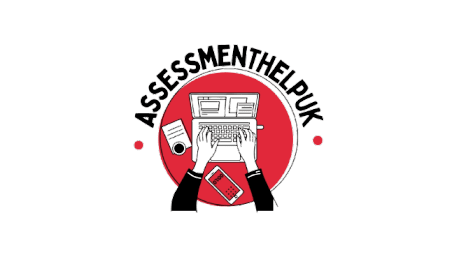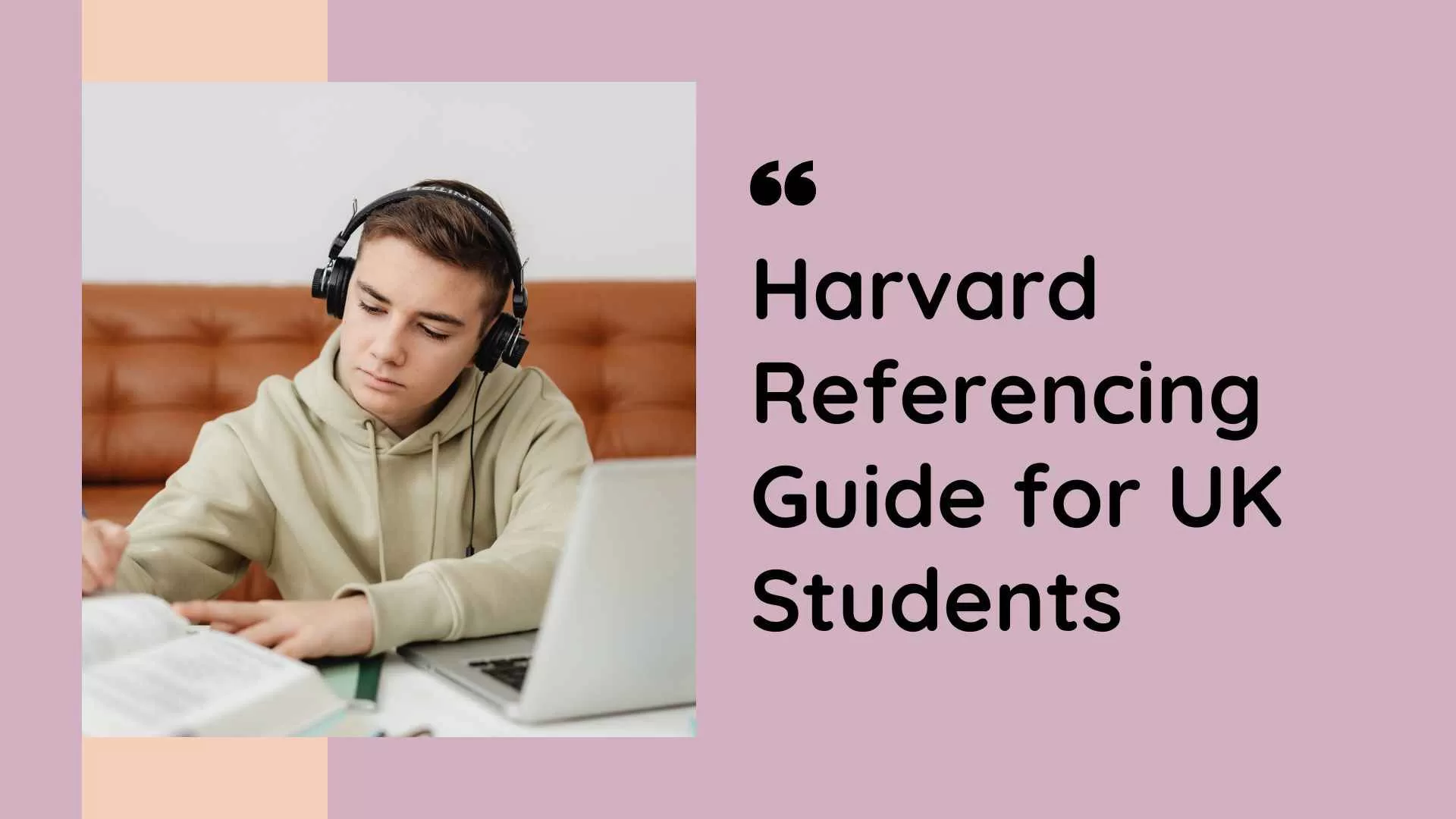Harvard referencing is one of the most widely used citation systems across UK universities, and knowing how to use it correctly can instantly strengthen your academic integrity. It’s not just about bypassing plagiarism; it’s about showing examiners that you know how to work with clear evidence, build arguments, and acknowledge intellectual contributions. Regardless of whether you’re writing essays, reports, research papers, or dissertations, mastering Harvard referencing makes your work look more polished than ever, and academically more sound.
This guide is all about breaking down the essentials in the most basic and UK-friendly way so you can reference them quite confidently, avoid the commonly looked-up pitfalls, and apply each rule with accuracy. From doing in-text citations all the way to full reference lists, and from digital sources to academic journals, this is all about setting the foundation you need before moving into more advanced examples later that we will see in the blog.
Understanding the Purpose of Harvard Referencing
Harvard isn’t just some name of random styling for quotes or citations; it’s a transparent communication system between you and your reader. It tells your marker where your information comes from, how credible your sources are, and how responsibly you have made your argument. UK academics prefer Harvard because it’s sound, logical, easy to read, and versatile enough to handle books, journals, online media, industrial reports, and more.
The goal here is to have solid clarity: Your reader should instantly know which idea belongs to you and which one is carried. When Harvard is used correctly, it protects your academic integrity, strengthens your analysis, and reinforces your position as a well-informed student. It helps you to understand this purpose before learning the technical rules later on.
Key Components of the Harvard Referencing System
Before jumping straight into the templates, formatting rules, and sourcing-specific examples, you need to know the two core building blocks of Harvard referencing:
1. In-Text Citations
These usually appear inside your paragraphs whenever you quote, paraphrase, or even refer to someone else’s work. The format typically includes the author’s surname and the year of publication, simple, concise, and easy for markers to scan.
When and How to Include Page Numbers
Page numbers are mandatory for having direct quotations, but optional for paraphrased ideas unless your department states otherwise. However, adding them when possible shows academic precision, especially in essays that analyze specific arguments, page numbers follow the year, separated by a comma, simple, clean, and much more consistent.
2. The Reference List
At the conclusion of the document, all citations for every reference are located in the reference list; all references are arranged in alphabetical order with regard to the author name and contain important publication details that allow readers to locate the source accurately. Becoming familiar with these parts early will allow you to fully grasp the deeper rules and exceptions shown later in the document and provide the confidence to reference correctly throughout your academic career in the UK.
Ensuring Accuracy Across Multiple Sources
As the assignment scales, so does the risk of consistency. Keeping notes of each source’s details as you research prevents any errors later. Many students lose marks due to having a mismatch between in-text and reference entries, something that can be easily avoided with careful tracking.
Core Rules Every UK Student Must Master
Mastering Harvard referencing is more than knowing what in-text citations and reference lists are; it requires understanding the underlying rules that keep your academic work consistent, authentic, and compliant. These rules might not look simple at first, but their accuracy is exactly what most of the examiners are looking for when grading UK essays, reports, or even dissertations.
The Importance of Consistency in Formatting
One of the most overlooked areas of Harvard is the consistency, although slight and subtle variations do exist all across UK universities, the internal connected logic stays the same: Every source that’s cited in your text should appear in your reference list, and vice versa. Students usually lose marks not just because their ideas are quite weak, but because formatting jumps between styles. Regardless of its punctuation, italicisation, or even order of details, keeping the same pattern throughout sends signals of an academic discipline.
Handling Multiple Authors the Right Way
Harvard has clear rules about how reference works with more than one author, a common area where most students flip. For two authors, both surnames appear in the citation. For three or more, Harvard typically uses “et al.,” which simplifies in-text citation but needs all names in the full reference list. If an author has several works that you have referred to in your assignment, then in the list of references, you are required to arrange these works in chronological order. In case the years are the same, you should distinguish them by adding letters (2020a, 2020b). This way of referencing makes it easier to understand when you refer to a productive author or a frequently cited source of ideas.
Dealing With Secondary Referencing
Secondary referencing is a common practice among a lot of students from the UK. If they are not able to get hold of the original source, they put their trust in a secondary reference. Although this method is allowed to some extent, it still has to be performed with caution.
According to the Harvard style, you are required to indicate both authors in your in-text citation (the original one and the one from which you took your information) and only the source you have accessed in your final list of references. Different academic institutions warn against heavy reliance on this as a means of referencing; thus, the rule of thumb, which is to be certain that you use a secondary citation only when you cannot get the original work, is very straightforward.
Referencing Non-Traditional Sources
Digital or unconventional resources (such as websites, online reports, lecture slides, YouTube videos, datasets, or AI-generated content) are used in UK assignments today, each requiring a format dependent on its type, but all requiring authorship, publication date, title, and retrieval information. The ability to accurately cite these sources distinguishes the student who simply implements a template from the student who appreciates that the Harvard system is flexible/adaptable.
Mastering Harvard Referencing for Different Source Types
Knowing the core principles of Harvard referencing is only the first step to begin; where the majority of the students struggle is in applying the rules to different source types consistently. Each of the sources has its own challenges, formatting requirements, and exceptions. Here it’s all about breaking down the most commonly used academic sources and showing you how to correctly reference them accurately, regardless of whether you’re dealing with books, journals, articles, or even modern digital media.
Books and eBooks
Books form the basis of nearly all academic works, and Harvard maintains the layout pretty simply: author, year, title, edition (if not the first), publisher. In the case of an eBook, the format is still identical; however, you can insert a URL or a database name if needed. The important thing to remember is that you should always be consistent with your formatting and never mix different formats or include extra details that are not necessary.
Journal Articles
Journal articles demand strong precision because they have more publication details than books. Along with the right author and year, you will need the article title, journal name, volume, issue number, and page range. If accessed online, it includes the DOI. Students usually forget the DOI, but it’s essential; it acts as a permanent link, even if the article moves locations.
Websites and Online Sources
Just because online content varies in structure and reliability, Harvard allows flexibility. Involves the author, year, page, or article, website name, and URL. Whenever the publication date is missing, use “n.d.” but make sure the source is credible. Avoid the casual blog referencing or non-academic pages unless your assignment lets you.
Reports and Government Publications
The author of a report is the institution, not an individual. Anytime you reference a report, you should cite the organisation as its author. Most reports will have a unique report number assigned as well as any other identifying information available; when possible, include these items with your citation. Because many government publications have very lengthy titles, it is important to carefully provide accurate information in order to maintain your credibility; inaccurate information can diminish your credibility regardless of how small the error may be.
Media, Videos, and Podcasts
In most modern assignments, audiovisual sources are going to be a requirement, so you should be able to reference them in your Harvard style without difficulty by providing the creator/channel name, year, title, format, and URL. As video/podcast links can be updated or moved quickly, it is essential to confirm that both the publication year and current availability are accurate prior to compiling your reference list.
Figures, Images, and Tables
As with any source that you use in your writing or project, you must properly cite any visuals that have been created by someone else. This means that when you use a visual created by another person or company in your work, you must reference the creator, date of creation, title or description of the visual, type of visual, and where you obtained it. Similarly, if you used your own visual(s), you may indicate this by writing “Author’s Own” in the reference list to distinguish your work from that of others. Using this information will give you confidence in referencing all types of materials in your assignment, as long as you know how Harvard refers to that type of material.
Final Steps to Perfect Harvard Referencing
Mastering Harvard referencing is more than having a technical need; it shows academic integrity, attention to detail, and professionalism in your writing. By knowing both in-text citations and the reference list, students can confidently credit sources, avoid plagiarism, and even strengthen the credibility of their assignment.
FAQs
Can I use Harvard referencing for non-academic writing?
Yes, it’s mainly academic, but applying it to reports or professional documents can improve clarity and credibility.
How do I reference sources with no author?
Use the title of the work in place of the author, both in-text and in the reference list.
Does the Harvard style differ across UK universities?
Minor variations exist, but the core principles of in-text citations and reference lists remain consistent.
Are online tools like citation generators reliable?
They save time, but always double-check formatting against official Harvard guidelines.
How do I cite multiple sources in one sentence?
Separate them with semicolons and order alphabetically by author in the in-text citation.
Can I mix Harvard with other referencing styles?
It’s best to stick to one style throughout your document to maintain consistency.
How can I quickly check for missing references?
Cross-reference your in-text citations with the reference list to ensure every source is included.



